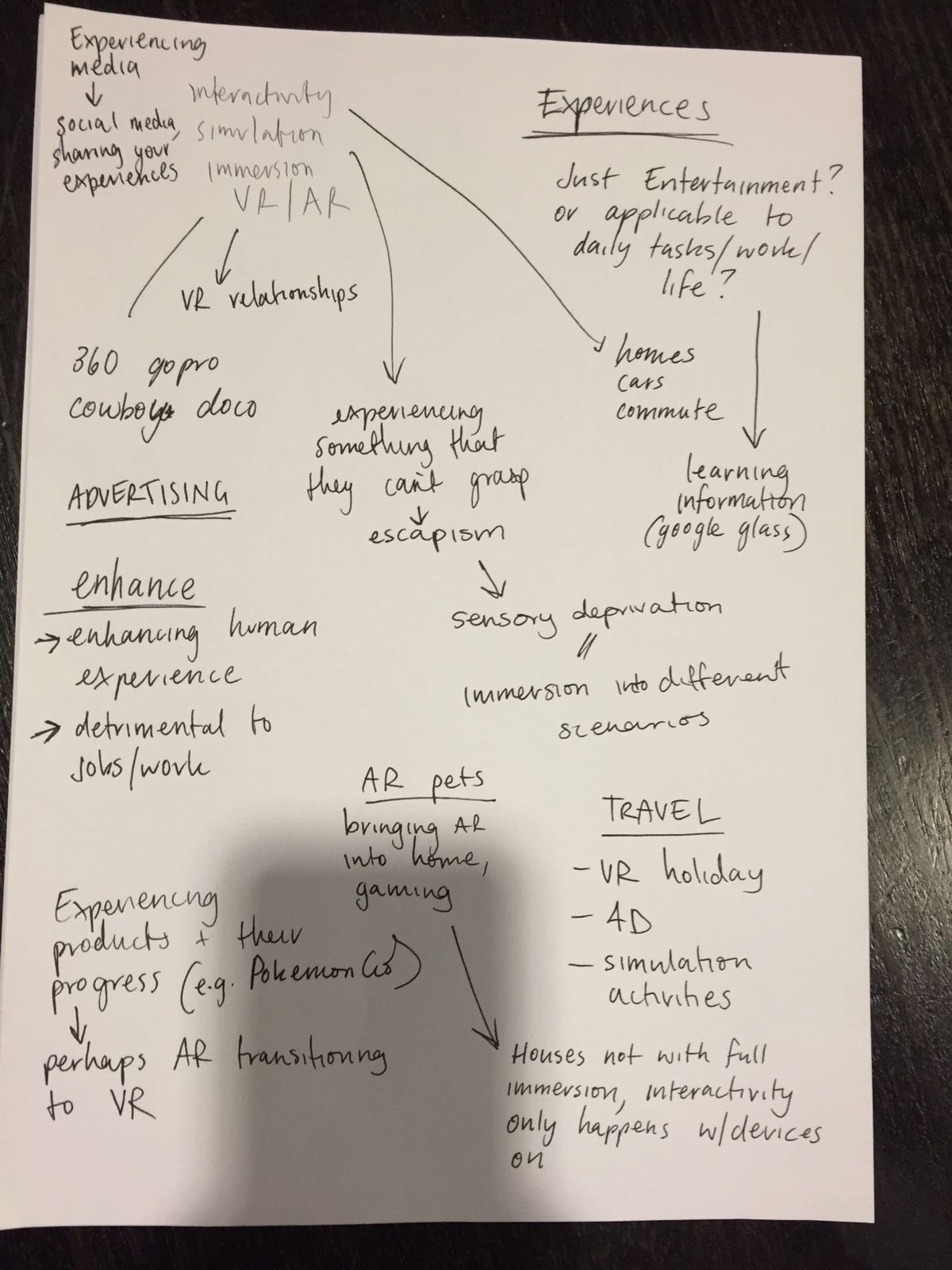The five minds, categorised by Howard Garder, are the disciplined, synthesising, creating, respectful and ethical minds. Briefly, the five minds’ functions are:
- The disciplined is the cognitive skills where routined strategy is used to further develop ones skills.
- The synthesising, is the ability to absorb knowledge and evaluate its information objectively.
- The creating, is the ability to create new concepts and looking at the big picture.
- The respectful is the tolerance and the acceptance towards other individuals and their differences. This set of mind comes hand-in-hand with the ethical minds.
- The ethical minds, is the ability to discern what is right or wrong especially when working with other human beings, whether in a group or individually.
The first three can be clustered as the cognitive aspect while the last two can be grouped as our mental and behavioural aspect. All are equally important but I believe in the respectful and ethical minds more. There is no use of having a powerful mind that allows you to solve every question when you have a terrible behaviour.
“We should be concerned with how to nurture these minds in the younger generation, those who are being educated currently to become the leaders of tomorrow”.
Garder raised an interesting statement above. This kind of knowledge on the future and how the world today looks like, I stand by the importance of educating and nurturing the children of tomorrow. It is like a snowball effect as it will pass down after us. If we start with ourselves, teach our successors or influence the people around us that we come across in our lives, the future would look brighter. I believe strongly in respect and ethics as coming from a traditional Chinese family, we are taught to respect our elders. We greet them, we care for them and most of all we respect them. Being trained at a young age, my resolution is to always give people an even ground, to respect their ideas and acknowledge their suggestions.




